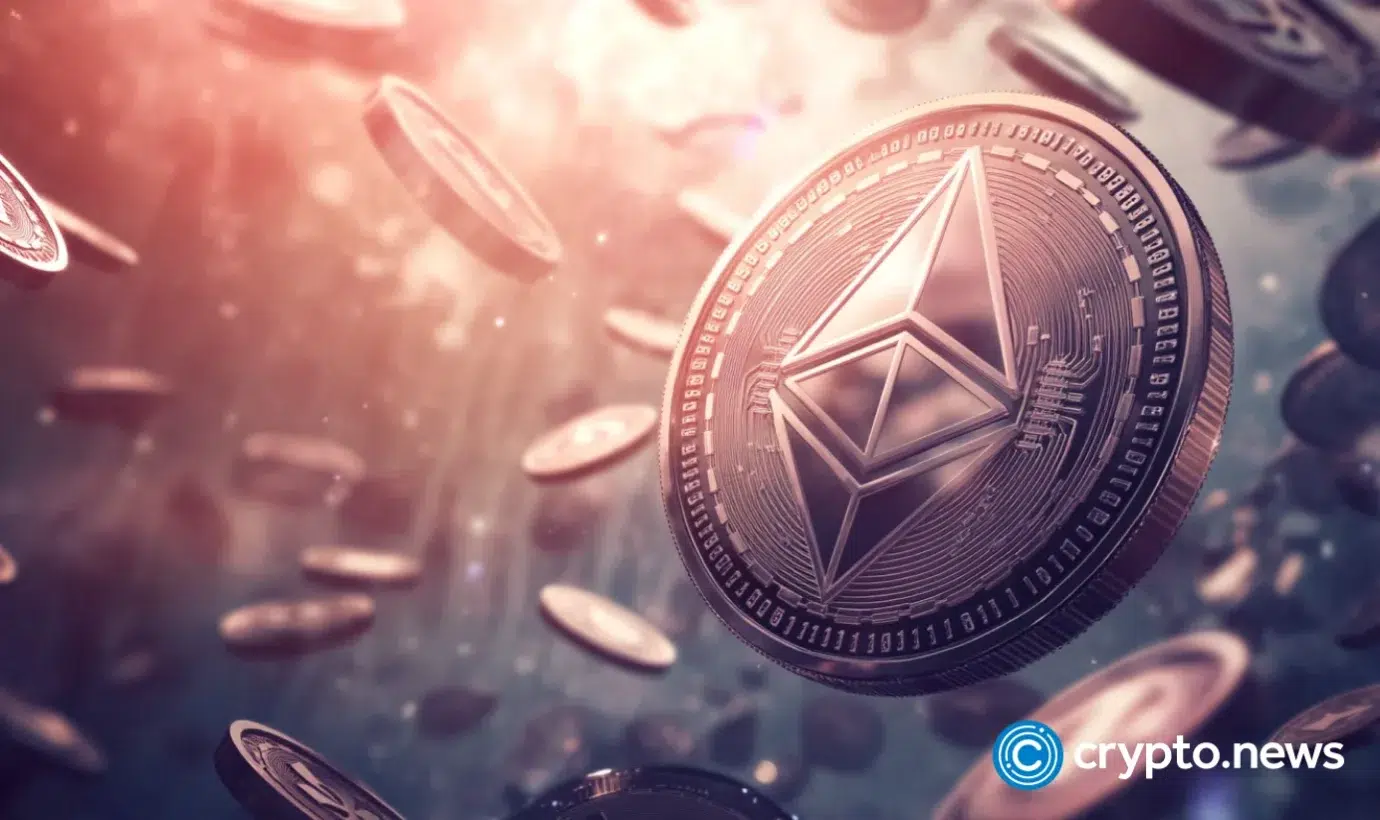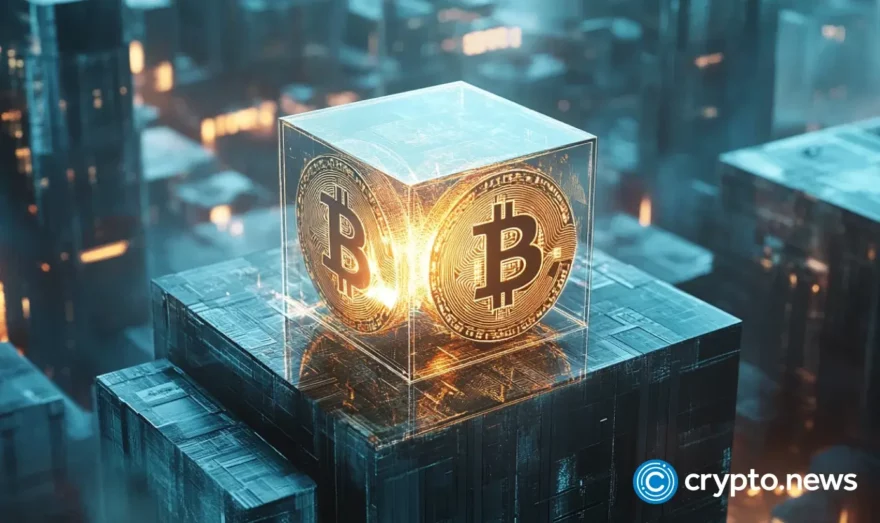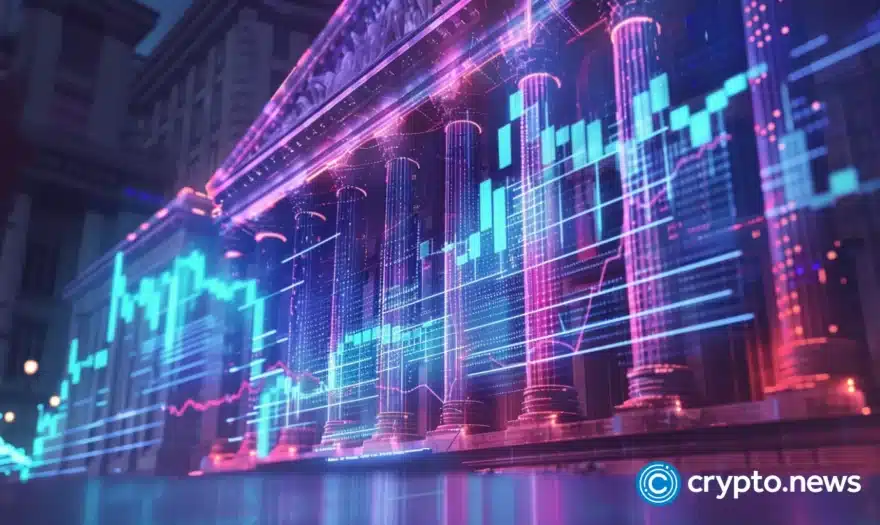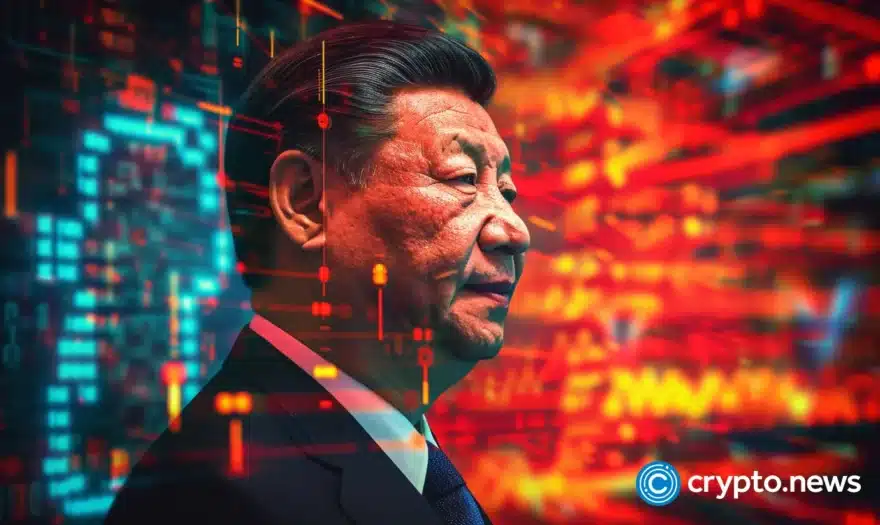Are DeFi and Layer 2 chains squeezing the juice out of Ethereum: Deep dive on the downfall of ETH

Bitcoin posted one of its worst Q1 returns in 2025, Ethereum performed even worse, with over 45% drawdown in its price. Ethereum’s price has been in a decline since the Dencun upgrade in March 2024. Ethereum’s downfall seems driven by the Layer 2 protocols amassing large transaction volume and passing on the fraction of the revenue to the ETH chain.
Ethereum (ETH) leaned into its role as security infrastructure and the underlying blockchain for Layer 2 protocols, scaling the crypto ecosystem and losing its value throughout 2025. Traders and investors holding the largest altcoin ask the question whether Ethereum will ever accrue value or lose relevance in H1 2025.
Table of Contents
Ethereum powers Layer 2 scaling, mainnet loses traction
Ethereum started out with the goal of becoming the decentralized computer of the world, and the chain accrued value since the ICO, rallying to its peak of $4,878 in November 2021. Since then ETH erased 71% of its value over four years.
The most notable shift that is considered the catalyst for the decline in Ether price is its Layer-2 centric scaling model. Ethereum shifted from its primary role as the mainnet to the chain that aggregates value and powers Layer 2 scaling. The move fueled by the Dencun upgrade that slashed transaction costs for Layer 2 chains, reshaped Ethereum’s ecosystem dynamics.
Using Ethereum as a base chain became significantly cheaper for Layer 2 and Layer 3 projects, powering a large DeFi ecosystem. Base by Coinbase has amassed $94 million in profit and paid a fraction of the cost, $4.9 million to Ethereum.
The profitability of Layer 2 chains has ignited the debate over whether Layer 2s are squeezing value out of Ethereum or nurturing the partnership where they derive security and pass on revenue to the ETH blockchain.
Dencun upgrade reduced ETH value, transaction revenue declined
The Dencun upgrade made Layer 2 settlement cheap enough to lower the entry barrier for DeFi protocols. Ethereum has crossed $44 billion in total value of assets locked and a decline in fees collected by the network has disrupted the goal of turning the altcoin “deflationary.”
With lower volume of fees collected by the chain, while Ethereum is not deflationary, the supply is expected to grow less than a percent a year, according to the Ultrasound Money tracker. Crypto experts on X and traders across exchanges have questioned Ethereum’s value proposition in light of its changed business model.
Pectra upgrade, the next key update to the Ethereum ecosystem could replenish the chain’s value if it stimulates demand.

Ethereum’s returns and ETH price are increasingly tied to fees and burn
Ethereum’s holders and traders looked at metrics like the total value of assets locked on the chain and the transaction volume, relevance and demand, previously, to determine ETH price. Ethereum is now being increasingly valued at the fees the chain generates, the token burn and the net revenue generated.
With the drop in fees and migration of value and transactions to Layer 2s, a key metric, the transaction count of Ethereum shows a steep decline.

To make matters worse, institutions lost interest in Ether, likely attributed to the pivot in the chain’s business model and the Ethereum Foundation has sold ETH consistently over the past few months, raising concerns among traders.
U.S.-based Spot Ethereum ETFs failed to garner interest from institutional investors and inflows have been muted throughout 2025.

What to expect from the Pectra upgrade?
The Pectra upgrade will impact validators and stakers in the Ethereum ecosystem. Pectra will introduce Ethereum Improvement Protocols that streamline validator management, reduce congestion on the chain, improve validator deposit efficiency and give higher control to stakers over exit of validators.
While the upgrade is packed with developer relevant technical updates to the blockchain, the changes are expected to drive higher value to Ethereum.
The Pectra upgrade will have a significant impact on Ethereum validators and stakers, introducing EIPs that streamline validator management, reduce network congestion, improve validator deposit efficiency, and empower stakers with more control over validator exits.
Expert commentary
Marko Ratkovic, CTO of Graphite Network, an enterprise ready monitoring tool and a Layer 1 blockchain, told Crypto.news,
“Pectra is expected to have a positive impact on the growth of L2 network users, as two of the new EIPs are directly aimed at this: EIP-7691 increases the number of blobs per block, and EIP-7623 raises the cost of call data — both of which incentivize the use of blobs over call data. Since major L2 solutions rely on blobs, this makes L2s even more efficient and attractive.”
Overall, Ratkovic says, Pectra is a big step forward.
The executive explains with the example of EIP-7702:
“Take EIP-7702, for example — it enables sending transactions without needing the native token. This solves a long-standing issue that used to require workarounds like the Gas Station Network, but now it’s addressed natively at the protocol level.
At the same time, Ethereum’s upgrades remain technical in nature and don’t directly tackle the broader gap between TradFi and DeFi. While Ethereum focuses on streamlining onboarding, reducing overhead, and improving throughput, institutional players are more concerned with legal clarity, user verification, and the prevention of illicit flows.”
Chains like Graphite could solve the challenges that institutional investors are faced with, supporting the ecosystem as a whole.
Dr. Sean Dawson, Head of Research at Derive.xyz, a decentralized on-chain options platform, told Crypto.news:
“As volatility continues to surge, we’re seeing implied volatility (IV) for ETH jump from 71.5% to 122%, reflecting the market’s uncertainty and fears of further chaos.
Looking ahead, the likelihood of ETH falling below $1,400 by May 30 has nearly doubled from 18% to 33% as of April 8, signaling increased bearish sentiment in the market.
In short, we’re in for a bumpy ride, and volatility is likely to remain high as both traditional and digital markets continue to react to these macroeconomic shocks. Traders and investors should brace for more uncertainty in the weeks to come as the market navigates these turbulent waters.”
Disclosure: This article does not represent investment advice. The content and materials featured on this page are for educational purposes only.















